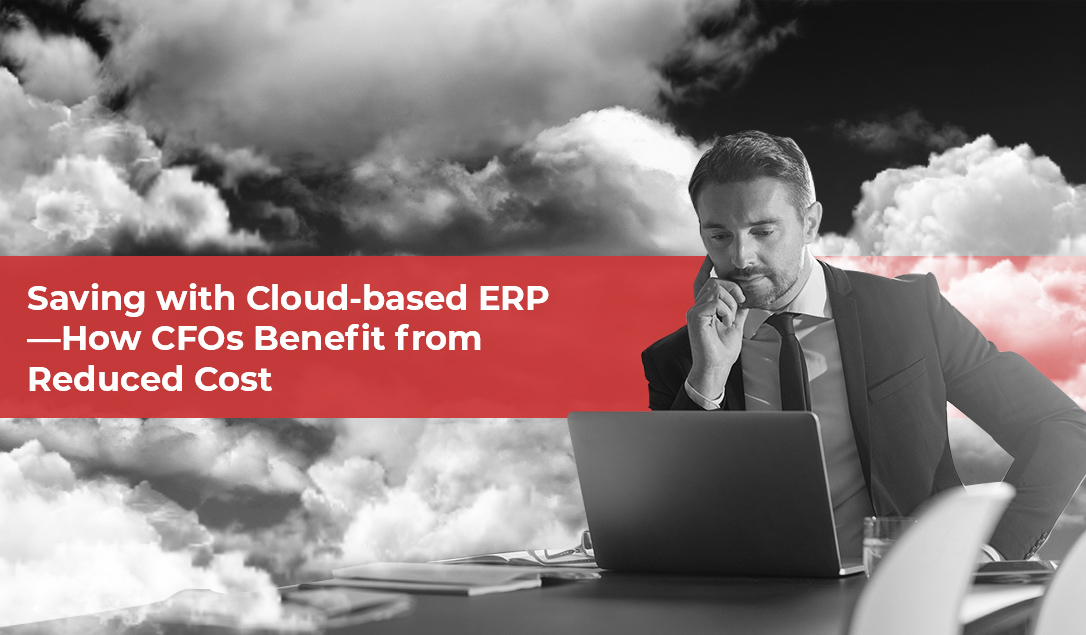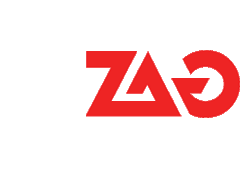
Saving with Cloud based ERP | How CFOs Benefit from Reduced Cost
For CFOs working in today’s advertising world, no other decision is perhaps as important as choosing an effective Enterprise Resource Planning (ERP) system. When considering costs, this decision becomes even more impactful, especially in light of the option between cloud-based and on-premises solutions. An important distinction for every CFO to keep in mind: on-premises ERP solutions require installation on the agency’s local hardware and is maintained by an internal IT team, whereas with a cloud-based ERP solution the software, along with its related data, are executed and hosted online, in the “cloud.” But more than simply a matter of technical operations, a cloud-based ERP solution offers significant savings compared to its on-premises counterpart.
On one level, a cloud-based Software-as-a-Service model might seem expensive. After all, paying for a service means that businesses will incur ongoing monthly fees that can mount up. In the long run, though, cloud-based ERP systems outperform on-premises solutions in a number of key areas. This article looks at some of the various cost benefits of choosing a cloud-based ERP solution, including savings related to upgrades, IT maintenance savings, performance benefits, and savings in overall setup time. These benefits of cloud-based systems can be helpful for ad agency CFOs, especially given the need for consistent ERP performance that adapts to what Forbes recently dubbed the fast-paced Agility Era—a phrase that refers to the industry’s newfound preference for flexibility and streamlined production over stable and unshakable client relationships.
To start, cloud-based ERP systems save CFOs money by streamlining the upgrade process. In fact, the end user typically does not even need to be aware of the upgrade process. Cloud-based ERP solutions are upgraded continually by the vendor, which happens in the background even while the system is in operation. Once a new version has been deployed and the user opens a new ERP session, the most current version of the system is already up and running. This is a distinct contrast from the significant downtime required to implement costly and time-consuming upgrades typical of on-premises ERP solutions. For this reason, businesses will often forgo important upgrades to avoid the costs and time lost to the upgrade process.[1] This means that such agencies end up running out-of-date software that ultimately slows down business and reduces profits.
Because of the fact that upgrades and maintenance are performed off-site—in the cloud—another benefit of cloud-based ERP systems is the savings an agency obtains by avoiding certain IT costs. As a rule, businesses today require an internal IT team. So ongoing costs for technology infrastructure are unavoidable. But rather than have your IT focus on maintaining an on-premises ERP solution, their time would be more valuably spent on important infrastructure and upgrades that help your business grow. The amount spent on ERP SaaS subscriptions is typically a fraction of the costs that would otherwise go toward on-premises ERP maintenance. A recent study finds that these savings can be as much as 50 percent for a 100-person team.[2]
Cloud-based ERP systems adapt dynamically to your business needs, with network resources provisioned on the fly to account for fluctuations in activity. On-premises solutions do allow initial customization which can account for unique features of a company.[3] But this customization happens up front. It’s distinct from the kind of dynamic resource provisioning typical of cloud-based ERP systems. Today’s ERP solutions integrate across a number of key business areas including business management, customer relationship management (CRM), human resources, distribution, and sales. CFOs will want to make sure that key changes in activity across those domains is accounted for in the network architecture of the ERP system itself.
With a cloud-based ERP system setup time is minimized so that, again, your IT team can dedicate its resources to growing and improving business infrastructure. As with upgrades, initial setup time for cloud-based ERP solutions is a fraction of its on-premises counterpart. That is, a typical cloud deployment takes between 3 and 6 months, while an on-site deployment requires up to a full calendar year.[4] The cost benefits of a four-fold reduction in setup time can be astonishing—especially for agencies working in today’s Agile Era, in which every minute counts!
We’ve seen, then, some of the benefits of using a cloud-based ERP solution over an on-premises system. These benefits include savings related to upgrades, IT maintenance, overall performance, and setup time. While each business will have different needs—and therefore different concerns for choosing an ERP solution—CFOs are taking notice of the significant savings made possible by cloud-based ERP systems.
